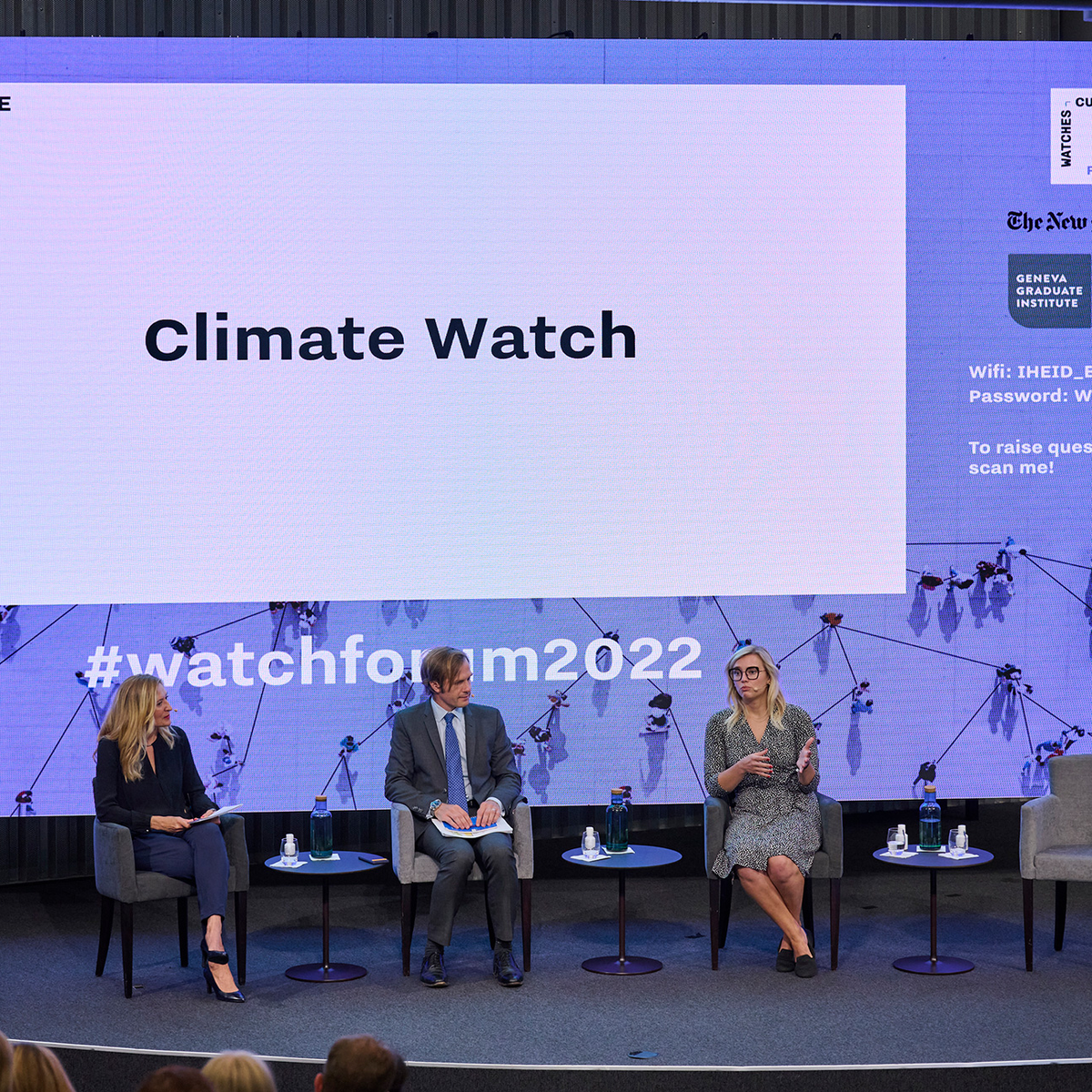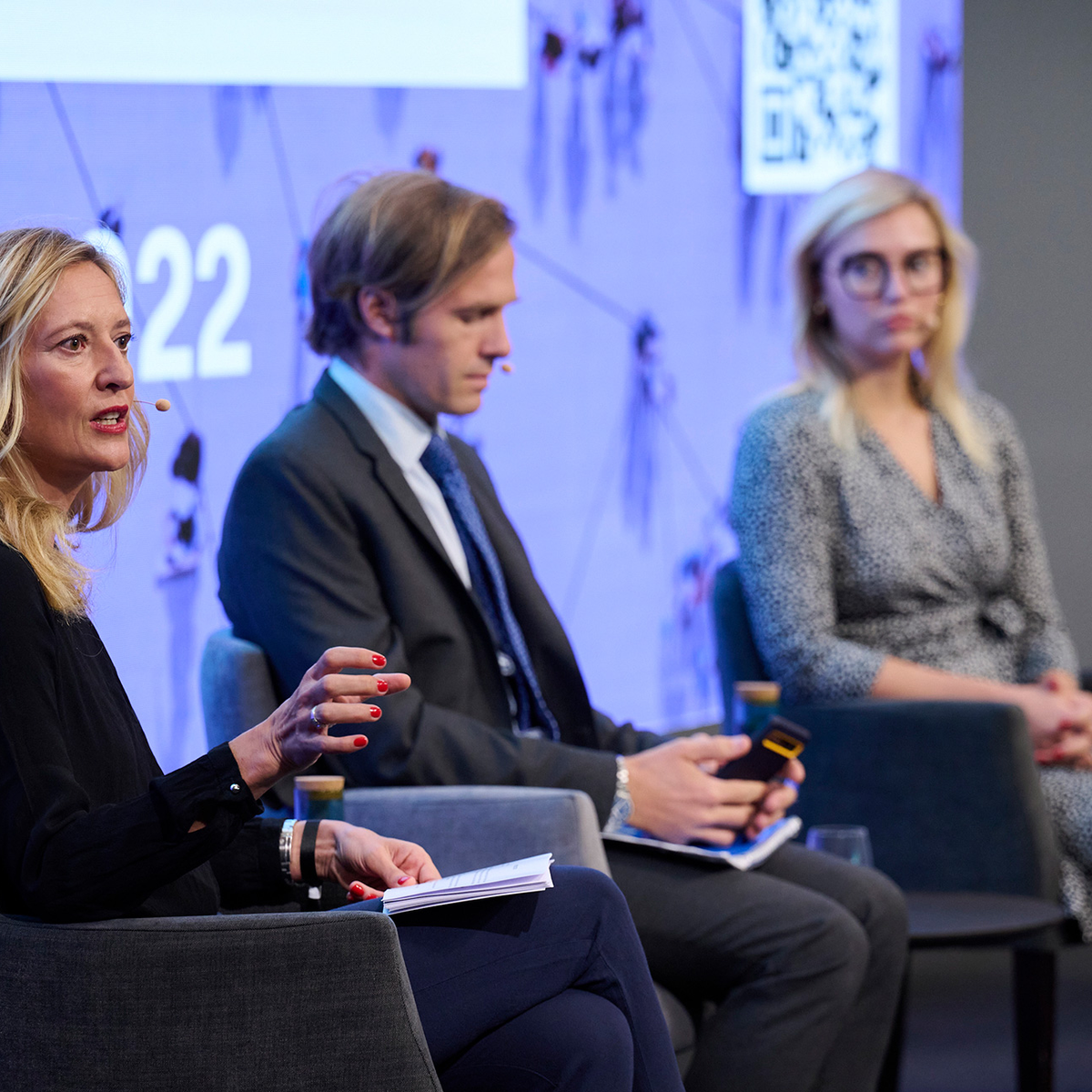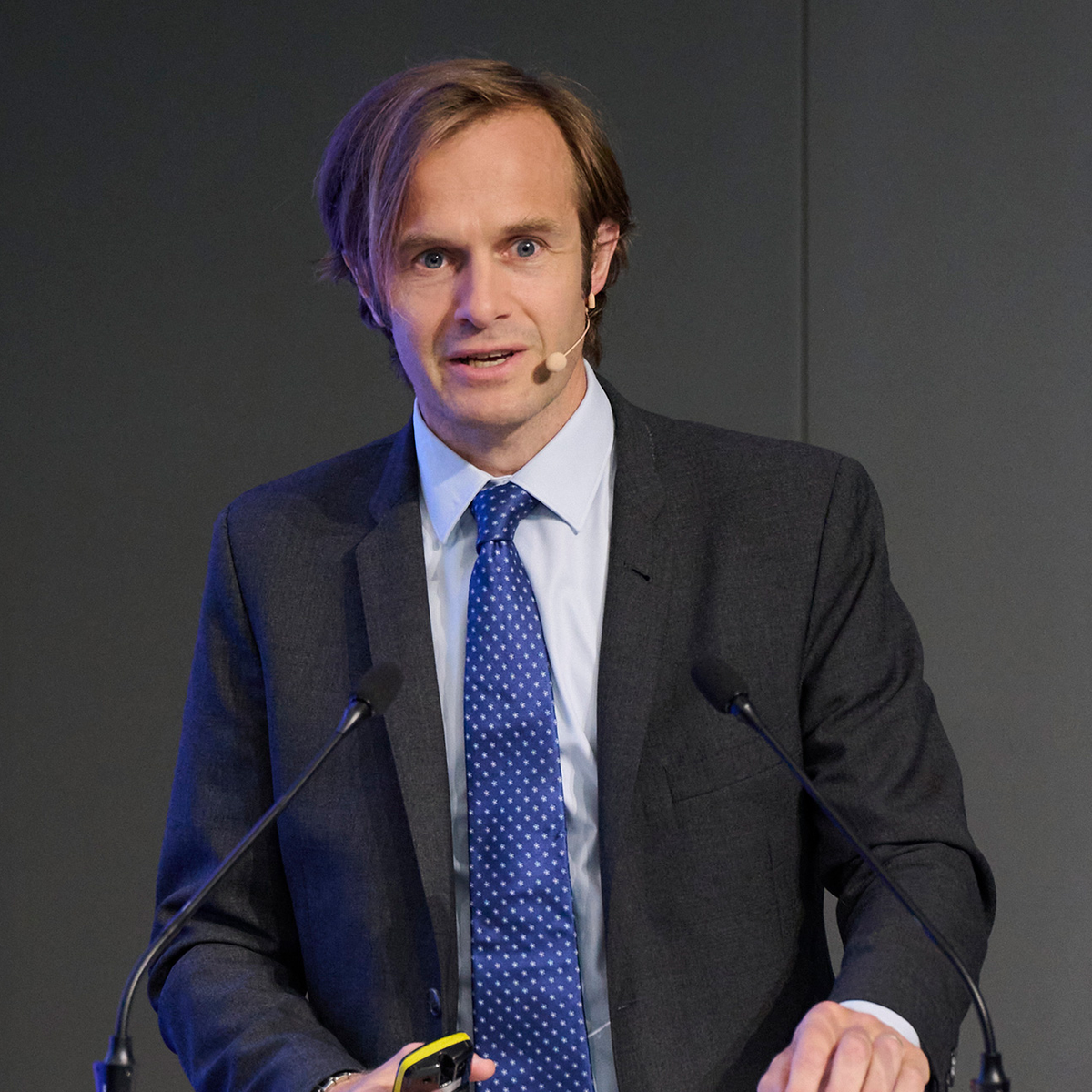Professor Ed Hawkins’ climate stripes have become a familiar sight since COP26. Ranging from “icy” blue to “stifling” red, they illustrate 170 years of rising global temperatures at a glance and featured prominently at the 26thjUnited Nations Climate Change Conference, held November 2021 in Glasgow. The British climatologist devised this bar-code-like graphic, based on data from national meteorology offices around the globe, as a way to visualise temperature trends, year after year. Stripes are blue when the temperature is below the average for the twentieth century and red when it is above; the greater the difference with the average, the darker the shade. And the truth is plain to see: an accumulation of red stripes coinciding with the start of the third millennium offers a taste of the intolerable heat we will experience should global warming continue at its current rate.
Feeling the heat. Feeling the heat. Feeling the heat. Feeling the heat. Feeling the heat
Feeling the heat. Feeling the heat. Feeling the heat. Feeling the heat
Feeling the heat
by Christophe Roulet
Organised by Watches and Culture, the cultural arm of the Fondation de la Haute Horlogerie, the Watch Forum delivered a message of sustainability. Climate change was one of the topics under discussion.
Net zero
Andrew Prag, Senior Advisor at the Organisation for Economic Cooperation and Development (OECD), used climate stripes as an introduction to his presentation at the Watch Forum. This one-day event was organised by Watches and Culture to identify the sustainability challenges facing the watch industry and spur it to action. Prag was one of the speakers at the first panel of the day, on climate change. “Global average temperature is already 1.2° Celsius above what it was before the industrial revolution,” he said. “We are already experiencing the physical consequences of this warming, such as intense heatwaves, ice melt, rising sea levels, droughts, wildfires and cyclones. These are irreversible changes on a global scale. What will it be like when the average increase reaches 1.5° Celsius, the limit set by the Paris Agreement? Assuming we even manage to stay within that limit.”
Climate action has a positive effect on economic growth.
Andrew Prag
The answer, we’re told, is net zero. The “net zero emissions by 2050” scenario was ratified by the Paris Agreement and has been put forward by the Intergovernmental Panel on Climate Change (IPCC) as a means of stabilising global temperatures. But what does it mean? Earth reacts to changes in emissions of CO₂, methane and other greenhouse gases into the atmosphere. Net zero refers to a state in which the amount of greenhouse gases emitted as a result of human activity minus those removed by natural or artificial sinks is equal to zero. Human activity would be climate neutral and global temperatures would be stabilised. “Many countries at COP26 joined the signatories of the Paris Agreement and put forward targets for net zero at or around mid-century,” Prag added. “However, implementation of national policies has been slow when we know that fast reductions are essential.” Ending on an optimistic note, Andrew Prag insisted on an essential point: “Climate action has a positive effect on economic growth. Decarbonisation also aligns with objectives to improve energy security.” Something of particular relevance in the current geopolitical climate.
Measurable progress
Any reduction of carbon emissions implies first having the right tools with which to measure those emissions. For the watch and jewellery industry, the vast majority of emissions (between 70% and 100%) are Scope 3, which are the hardest to quantify. Scope 3 emissions are greenhouse gas emissions upstream and downstream of a company’s operations and its direct (Scope 1) emissions and its indirect emissions from energy consumption (Scope 2). These Scope 3 emissions include, for example, emissions from the supply chain (which includes mining), the use of sold products and services, business travel, end-of-life product recycling and investments. The Science Based Targets initiative (SBTi) has developed a net-zero standard that provides companies with guidance and resources when setting emissions reduction targets. McKenna Smith, Target Validation Manager at SBTi, explained what this organisation is, namely “a group of the leading environmental NGOs, which are the World Wide Fund for Nature, Carbon Disclosure Project, the World Resources Institute, and the United Nations Global Compact”, and how it has “translated the Paris Agreement into corporate metrics”.
The SBTi net-zero standard provides a blueprint for companies when setting their emissions reduction targets.
…and fast
A company sets science-based targets, guided by the SBTi, and defines how and at what speed it wishes to reduce its emissions, within a five- to ten-year timeframe for near-term targets and a target of close to zero emissions by 2050. The system enables companies to achieve targets independently while maintaining competitivity and without government-imposed criteria. “One thing we can agree on is how difficult it is to obtain information about Scope 3 when we don’t always have the necessary transparency, as is the case with gold and precious stones which are not purchased directly,” said McKenna Smith, adding that “working collectively is one way to obtain reliable data which can be measured and quantified.” Climate action that inflects positively on business, faster progress thanks to collaborative action, companies committing to measurable objectives across all departments: solutions are emerging that can only encourage the industry to push the envelope further.




